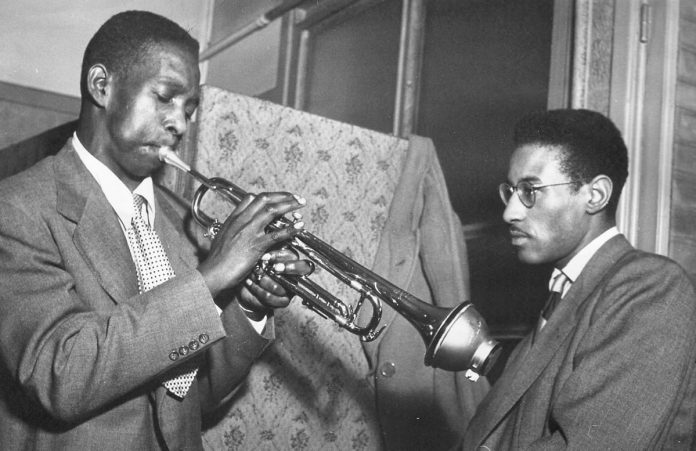Between the ages of 65 and 72 the painter Claude Monet experienced changes in the way he perceived colour. At the latter age he was diagnosed as suffering with nuclear cataracts in both eyes. The consequent operation to correct the condition proved successful only when the surgeon provided Monet with a pair of glasses which were designed to aid the sight of those recovering from such an operation. The practical effect of Monet’s condition was the blurring of colours, particularly blues and greens of all shades, as is evident in some of his works between the end of the Great War and the early 1920s.
The ear processes a different category of stimulant, and in ways dissimilar to the eye the ear can perhaps degenerate too, so that certain – indeed, in days like these a great deal of – “new” music sounds rife only with echoes of the old. The ageing process and the level of the individual listener’s musical curiosity can influence this perception. Mental fatigue too can play a part in the inability to hear, especially if the listener has first read and believed the hype that surrounds rather transient, negligible talents in jazz as much as in any other musical form.
“Timeless”, a description overused and often misapplied, is a term which might well be ideal for a musician or singer the listener can still tolerate hearing after decades of familiarity. Such familiarity, if it has any depth, does not “blur” the ear’s ability to perceive, but enhances it, to the point where, say, Kenny Dorham’s instrumental conception, together with his individual take on the bop/hard bop trumpet tradition, provokes a spark of recognition and perhaps the rewarding, nourishing memory of the first time the listener heard him.
In some cases the individuality is stark. Any blindfold test involving listening to Cecil Taylor is only going to suggest that name to any reasonably well-informed listener, unless of course that listener doesn’t rule out the possibilities of Don Pullen, Marilyn Crispell in the early years of her career, and Matthew Shipp in the early years of his. Influence can sometimes manifest in oblique ways, though, as in the case of some pieces in Book II of the Debussy Preludes and their influence on Taylor at his most ruminative. In weaving that point together the ear serves as a kind of conduit, and in so doing is at its most alert, because it’s at a higher point of stimulation.
But it’s not a simple matter of the ear making the distinction between the individual (as in stimulating) and the inevitably far greater tide of transient noise which, if we choose not to turn it off, can be with us in some form or other all the time. The lack of respite this implies might dull the ear to the point where musicians whose work once meant something to us become nothing to us. Such experiences reinforce the value of silence, though the contentious idea of “absolute silence” is not easily experienced even during a pandemic.
















